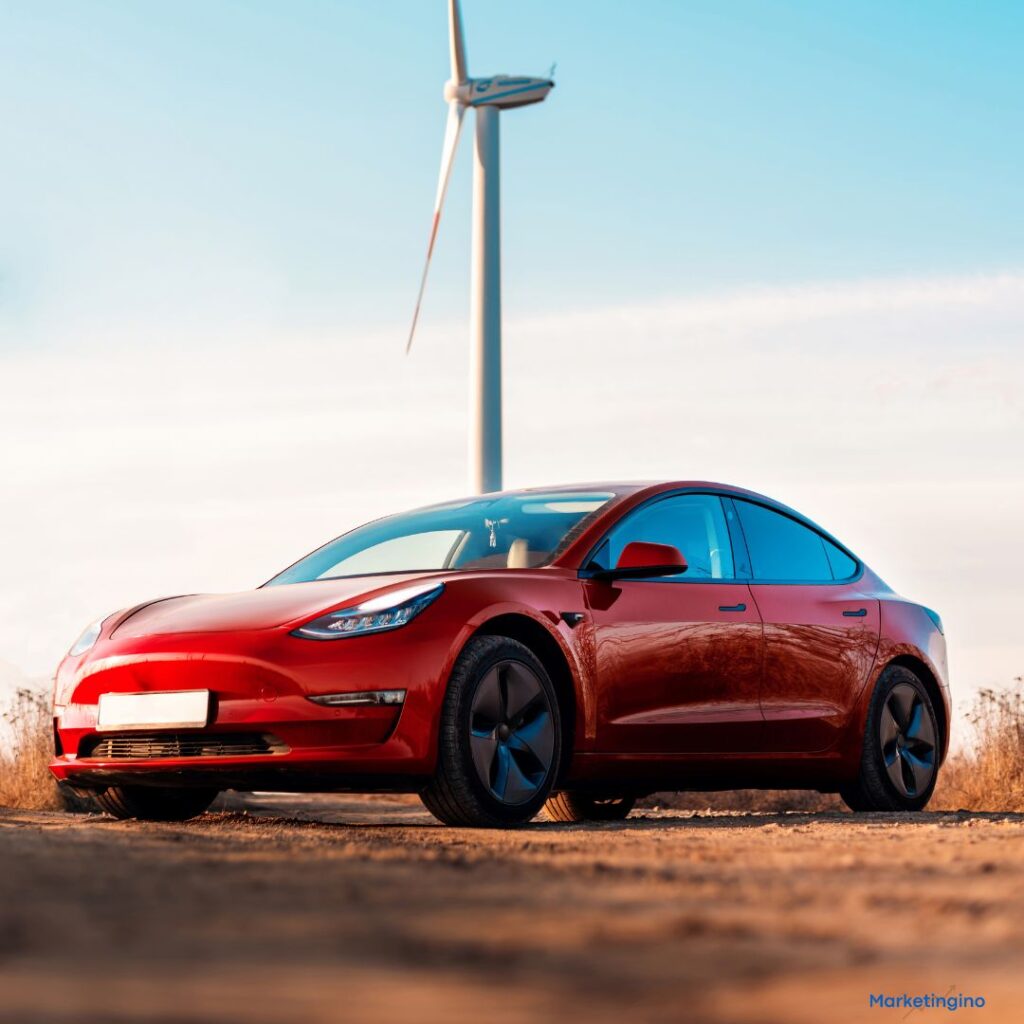Tesla, Inc., has revolutionized the automotive industry with its innovative electric vehicles and commitment to sustainability. Founded in the early 21st century, Tesla has grown from a niche electric car manufacturer to a global leader in renewable energy solutions. This article traces the origins, growth, and key milestones of Tesla’s journey.
Early Years and Founding
2003: The Beginning
Tesla Motors, named after the inventor Nikola Tesla, was founded in 2003 by engineers Martin Eberhard and Marc Tarpenning. The company’s mission was to accelerate the advent of sustainable transport by bringing compelling electric cars to market. Elon Musk joined Tesla as chairman of the board and later became the CEO, providing significant financial backing and vision.
2006: Introduction of the Tesla Roadster
In 2006, Tesla unveiled its first car, the Tesla Roadster, a high-performance sports car based on the Lotus Elise chassis. The Roadster showcased Tesla’s electric powertrain technology, achieving a range of over 200 miles on a single charge, a remarkable feat at the time. It demonstrated that electric vehicles could be exciting and viable alternatives to traditional gasoline cars.
Expansion and Growth
2012: Launch of the Model S
Tesla introduced the Model S in 2012, a luxury all-electric sedan that set new standards for electric vehicles. The Model S was praised for its long range, advanced technology, and impressive performance. It featured a large touchscreen interface, over-the-air software updates, and Autopilot capabilities, solidifying Tesla’s reputation for innovation.
2015-2016: Model X and Gigafactory
The Model X, an electric SUV with distinctive falcon-wing doors, was launched in 2015. It combined the performance and efficiency of the Model S with more space and versatility. In 2016, Tesla opened its Gigafactory in Nevada, aimed at producing batteries at scale to reduce costs and support the growing demand for electric vehicles and energy storage products.
The Modern Era: Diversification and Innovation
2017: Model 3 and Solar Energy
In 2017, Tesla launched the Model 3, a more affordable electric sedan designed for mass-market appeal. The Model 3 quickly became the best-selling electric car in the world, thanks to its combination of range, performance, and price. Tesla also expanded into solar energy solutions, offering solar panels and the Solar Roof to integrate renewable energy generation with its energy storage products, the Powerwall and Powerpack.
2019-2020: Cybertruck and Model Y
Tesla continued to push the boundaries with the introduction of the Cybertruck in 2019, a futuristic electric pickup truck with a unique design and robust performance capabilities. In 2020, Tesla launched the Model Y, a compact SUV based on the Model 3 platform, offering similar features with more space and versatility.
Key Milestones
- 2003: Tesla Motors is founded.
- 2006: Introduction of the Tesla Roadster.
- 2012: Launch of the Model S.
- 2015: Release of the Model X.
- 2016: Opening of the Gigafactory in Nevada.
- 2017: Launch of the Model 3 and expansion into solar energy.
- 2019: Introduction of the Cybertruck.
- 2020: Launch of the Model Y.
From its inception as a pioneer in electric vehicles to its current status as a leader in sustainable energy solutions, Tesla’s journey is a testament to innovation, vision, and perseverance. By continuously pushing the boundaries of what is possible, Tesla has transformed the automotive industry and contributed significantly to the shift towards a sustainable future. As the brand continues to evolve, it remains committed to its mission of accelerating the world’s transition to sustainable energy.




